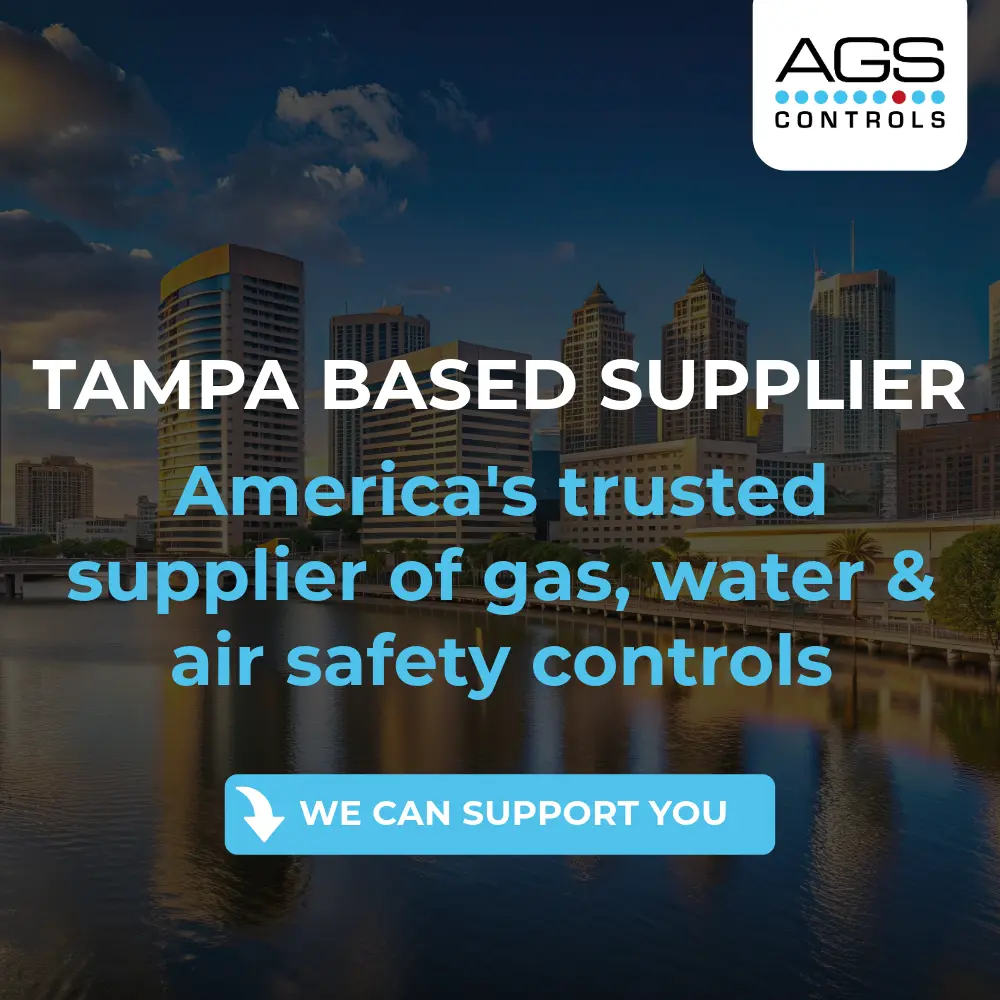Introduction:
Humidity, the amount of moisture present in the air, plays a crucial role in indoor environments. Maintaining optimal humidity levels is essential for comfort, health, and the preservation of property. However, measuring and controlling humidity can present challenges, leading to issues such as mold growth, discomfort, and damage to sensitive equipment. In this blog, we'll explore common challenges associated with humidity measurement indoors and provide tips for successful humidity control.
The Dangers of High Humidity:
High humidity indoors can pose significant health and environmental risks. Studies have shown that elevated humidity levels can exacerbate respiratory conditions such as asthma and allergies, as well as promote the growth of mold and dust mites. Furthermore, excess moisture in the air can damage wood, electronics, and other materials, leading to costly repairs and replacements.
To combat humidity challenges, AGS offers the RSTH temperature and humidity sensors. These sensors provide accurate and reliable measurements of both temperature and humidity, allowing for precise control of indoor environments. With their advanced technology and robust construction, RSTH sensors are ideal for a wide range of applications, including HVAC systems, cleanrooms, laboratories, and storage facilities, packed with analog & digital communications, including Bacnet MS/TP & Modbus RTU.
Conclusion
Maintaining optimal humidity levels indoors is essential for ensuring comfort, health, and the integrity of property. By understanding common challenges associated with humidity measurement and control, and utilizing advanced solutions like the RSTH temperature and humidity sensors from AGS, individuals and businesses can overcome these challenges and create healthy, comfortable, and efficient indoor environments.

